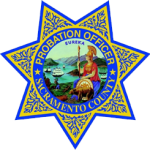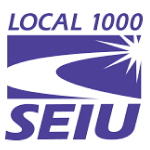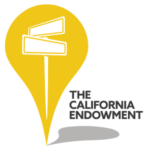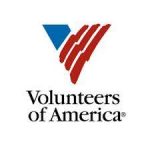It’s boom times (again) for Roseville. New neighborhoods are growing rapidly in the City’s western end. Those new homes will add thousands of residents to Roseville’s population.
And drought or no drought, they’re going to need water. How can Roseville keep up with demand?
“On the western side of our city, we have planned for growth for a long time through our Specific Plan process,” says Sean Bigley, Assistant Environmental Utilities Director for the City of Roseville. “An interesting aspect we’ve seen since the pandemic is a significant increase in demand for housing. There’s a tremendous amount of migration from the Bay Area from people that can still work remotely. Placer County and Roseville are very attractive.”
In 2020, Roseville had 140,187 residents. By 2025, that population is projected to grow to 151,742. By 2030, the City estimates its population will be 170,526. By 2035, make it 193,190—that’s a 38% increase in 15 years.
Those residents will need businesses, parks, schools, etc.—all water users, too. In its 2020 Urban Water Management Plan, the City of Roseville projected total gross water use to rise from 36,068 acre-feet in 2020 to 62,547 acre-feet in 2035. Part of that usage will go towards recharging groundwater reserves—saving for dry days to come.
These new homes may seem to appear overnight, but the City has been planning decades for this moment.
“It’s how Roseville developed over time; the city grew through careful, strategic and thoughtful planning,” Bigley explains. For a new development to be approved, “it has to bring its own water supply. My team has to look for additional water supplies (for the whole city) over time.”
With a fast-growing population, the City of Roseville is using a three-prong approach to meet future water needs: Better water supply access, water recycling and water supply diversification.
“We have well-developed surface and groundwater systems,” Bigley says. “The benefit of having a diverse water supply system, it allows us to use water in a much more sustainable fashion.
“It’s really given us a lot of options for now and into the future,” he adds. “It’s like a financial portfolio; you don’t put all your assets in one investment. Some provide shorter-term benefits and other provide long-term benefits, hedging against an unknown future.”
Helping stretch the City’s water supply: Roseville residents have embraced water saving. In February 2023, Roseville residents used 60 gallons per person—5 gallons per person below the City’s target use, according to the City’s Open Data website.
After two prolonged droughts and growing awareness about the need to save, water usage in the greater Sacramento region is actually lower than it was two decades ago.
“The benefit of having a diverse water supply system, it allows us to use water in a much more sustainable fashion.”
Sean Bigley
Assistant Environmental Utilities Director, City of Roseville
While our region’s population has grown, water usage has decreased. In 2001, the area served by the Regional Water Authority—the umbrella organization that partners with 20-plus local water providers including Roseville—totaled about 1.5 million residents. By 2021, that same area had more than 2.1 million people—a 40% increase.
During those same 20 years, per capita water use decreased from more than 290 gallons per day (GPD) to about 180 GPD—a 38% drop.
In wet years (like 2023, so far), Roseville uses mostly surface water stored in Folsom Lake. During periods of drought, the City taps into groundwater via wells. In 2021, for example, it was about a 90-10 split, surface vs. groundwater.
This wet winter has allowed Roseville to recharge groundwater while working with the federal Bureau of Reclamation, which oversees water management. The City recently recharged the groundwater basin with its Aquifer Storage and Recovery (ASR) wells with about 800 acre feet—almost enough water for 1,600 households for a year.
Recycled water also makes a huge difference in stretching Roseville’s water supply. Roseville uses about 4,000 acre-feet of reclaimed or recycled water each year . “Reclaimed water is a valuable resource for us,” he adds. “The western side of the city is plumbed for recycled water. We have two water treatment plants within city limits.”
Recycled water—treated wastewater—is a reliable source for landscaping, and construction and industrial uses. It’s also being incorporated into new home construction for outdoor use. Recycled water uses its own set of purple pipes to keep it totally separate from drinking water.
In Roseville, recycled water irrigates green spaces such as golf courses, parks and medians. Recycled water also is used to irrigate parkway trees, preserving Roseville’s shade and quality of life. Roseville’s Energy Park also uses it as part of its cooling process, which reduces drinking water resources.
“It makes sense,” Bigley says. “These green spaces are where recycled water is important, versus using good potable (drinking) water for landscaping.”
“That’s enough water for 8,000 households,” Bigley says. “Using that recycled water reduces the potable water we need to use.
Green spaces—and keeping them green—play an important role, Bigley adds. “For the health of the community, there are a lot of benefits. People want to get outdoors, use the parks. (Through recent droughts), we were able to keep our parks green due to recycled water. It’s allowed the community to have these assets in a sustainable way.”
For more information on the City of Roseville, see https://www.roseville.ca.us/.






























